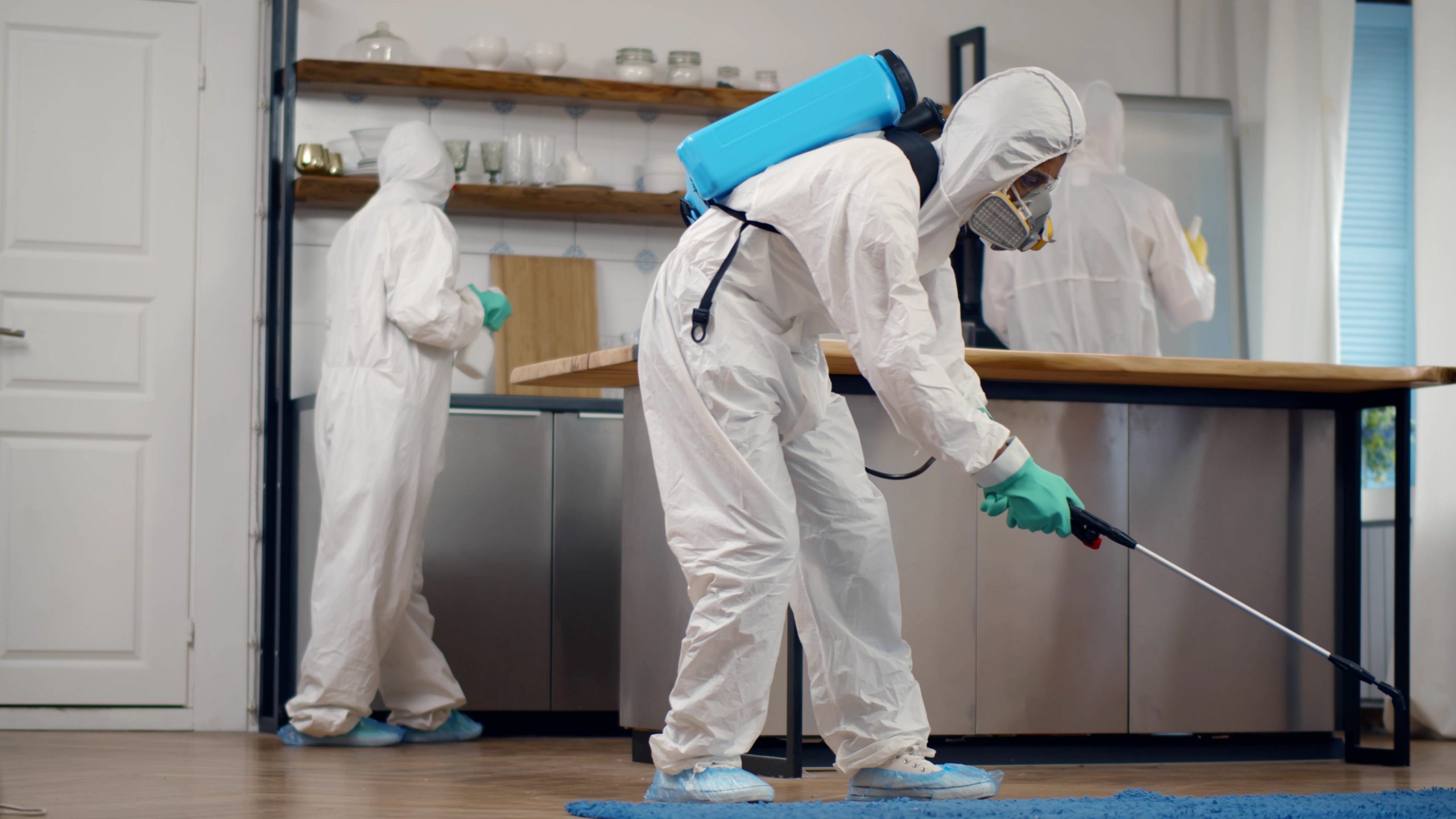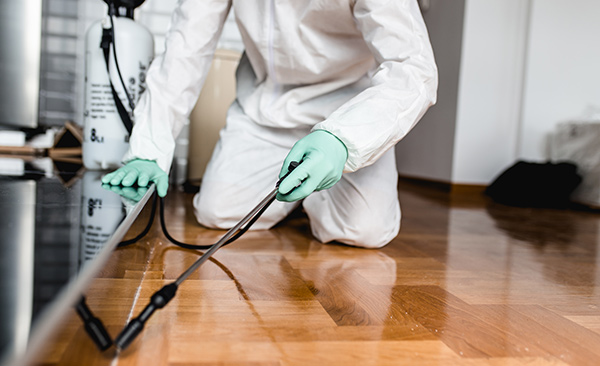Checking Out Problem and Treatment Methods on the planet of Parasite Control
The landscape of insect control incorporates a myriad of obstacles, specifically as invasions of usual house pests remain to progress. Comprehending the behaviors and reproductive patterns of these annoyances is critical for creating reliable treatment approaches. By integrating safety nets with sophisticated monitoring methods, such as Integrated Bug Management (IPM), property owners can better guard their atmospheres. The performance of these approaches might differ substantially based on specific situations. What hidden elements add to the success or failure of these approaches in various setups?

Common Home Vermin
When it comes to managing our home, recognizing usual house parasites is vital. These pests not only disrupt our convenience but can also pose wellness threats and damage property. The most common family bugs include ants, cockroaches, rats, termites, and bed bugs.
Ants, often seen foraging in cooking areas, can infect food and develop big swarms. Rats, including computer mice and rats, can cause structural damages and bring diseases like hantavirus and salmonella.
Recognizing the indicators of these insects, such as droppings, nests, or bite marks, is important for early intervention (Pest Control Lockhart). Proper hygiene techniques, sealing entrance points, and keeping a clutter-free atmosphere work preventative steps. By identifying these common family bugs and understanding their actions, homeowners can take positive steps to minimize invasions, guaranteeing a healthier living atmosphere
Recognizing Insect Infestations
Bug problems can intensify rapidly, transforming a small inconvenience into a substantial problem if not resolved immediately. Usual aspects contributing to infestations consist of poor cleanliness, structural susceptabilities, and seasonal adjustments that drive parasites inside your home.
Recognizing the kind of parasite is important, as various species exhibit different actions and reproductive prices. As an example, rodents might establish nests in hidden areas while bugs like cockroaches prosper in damp settings. Early detection frequently depends upon identifying indications such as droppings, gnaw marks, or uncommon audios, which can indicate a problem prior to it comes to be serious.
Environmental problems also play an important function in insect spreading. Warm, damp climates can facilitate the fast growth of pest populaces, while adjustments in landscape design or building can accidentally create helpful environments. For that reason, regular evaluations and preventative measures are vital to mitigating the risk of problems. An educated technique to understanding these characteristics prepares for effective bug management techniques in the future.
Treatment Approaches and Strategies
Effective therapy approaches and strategies are vital for minimizing pest problems and bring back a risk-free atmosphere. A diverse method is typically best, including chemical, organic, and mechanical approaches customized to the certain bug and the intensity of the problem.
Chemical therapies include the usage of insecticides and herbicides, which can properly get rid of parasites. Appropriate application and adherence to safety and security guidelines are crucial to decrease threats to humans and non-target microorganisms. Integrated Pest Administration (IPM) encourages the cautious usage of chemicals as a last hope, relying instead on surveillance and threshold degrees to figure out intervention needs.
Organic control approaches involve introducing all-natural killers or bloodsuckers to check this lower bug populations. This approach is progressively preferred, specifically in farming settings, as it advertises environmental sustainability.
Mechanical approaches, such as catches and barriers, supply prompt remedy for bugs without introducing chemicals. Alternatives include sticky traps for insects or physical barriers for rats.
Eventually, the choice of treatment approach need to consider the specific pest, the environment, and possible effects on human health and communities. A balanced mix of these techniques can successfully take care of invasions while promoting long-term bug control services.
Precautionary Procedures for Residence
Proactively dealing with bug issues before they intensify is crucial for keeping a healthy home setting (Pest Control Lockhart). Executing reliable safety nets can considerably decrease the likelihood of problems, ultimately protecting both your home and health

Correct landscaping additionally plays a vital function in avoidance. Keeping bushes and trees trimmed away from the see this website residence decreases click resources the chances of bugs finding their means inside. In addition, make sure that drain systems are working effectively to stop standing water, which can reel in insects and other bugs.
Last but not least, regular evaluations are recommended. Consistently looking for indicators of parasite task enables for early intervention. By adopting these preventative steps, homeowners can create a setting that is much less hospitable to insects, thus improving their overall high quality of life and minimizing the demand for extensive pest control treatments.
Industrial Bug Control Techniques
A detailed strategy to business bug control is crucial for services intending to keep a risk-free and hygienic setting. Reliable techniques entail a mix of normal examinations, employee training, and the application of Integrated Pest Monitoring (IPM) techniques.
Normal inspections make it possible for very early detection of pest activity, allowing for timely treatment. Companies ought to establish a regular schedule for these analyses, concentrating on risky areas such as kitchens, storage rooms, and waste disposal sites. Employee training is similarly vital; staff needs to be educated on the signs of bug problems and the value of reporting them instantly.
Executing IPM practices aids alleviate bug concerns sustainably. This includes environment modification, such as securing access points and decreasing mess, along with using all-natural deterrents before turning to chemical therapies.

Additionally, teaming up with a qualified pest control service provider guarantees access to expert expertise and advanced treatment choices. This partnership can bring about personalized parasite control plans customized to the certain needs of business, reducing risks and enhancing total efficiency. Inevitably, a positive and educated strategy fosters a pest-free setting, guarding both public health and business reputation.
Conclusion
To conclude, effective parasite control demands an extensive understanding of common family parasites and their behaviors, combined with targeted treatment approaches. Applying preventive steps together with therapy strategies such as Integrated Pest Administration and organic control improves the ability to alleviate infestations. Normal inspections and a mix of chemical and mechanical remedies even more add to keeping pest-free atmospheres. Ultimately, a well-rounded strategy to pest administration is essential for guarding living spaces from undesirable trespassers.